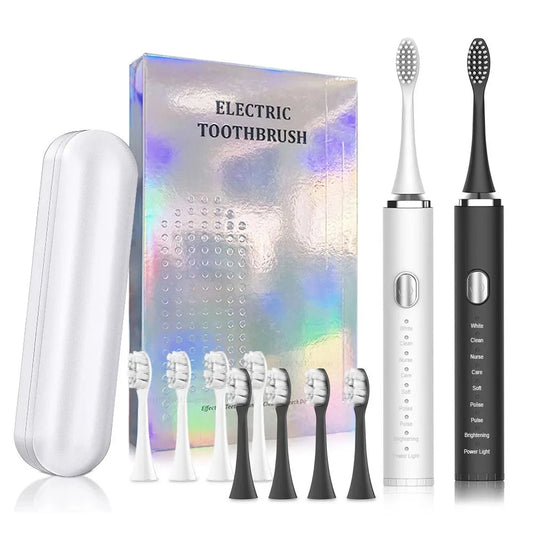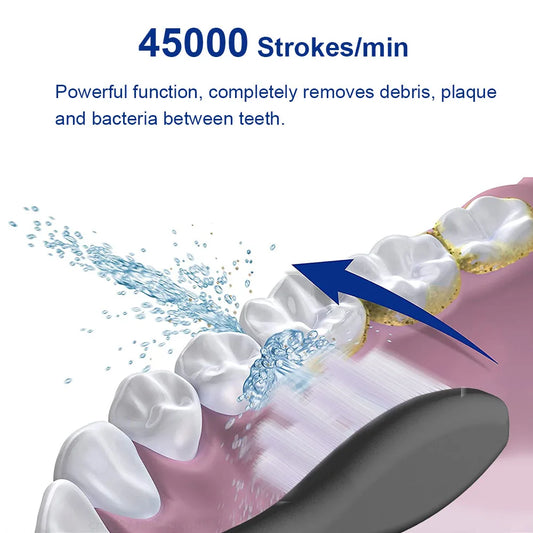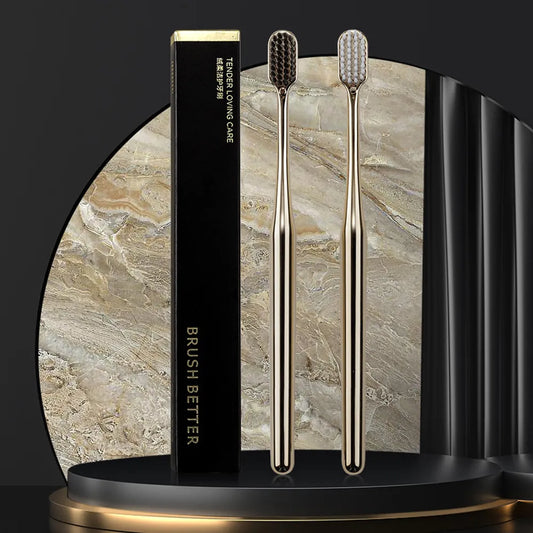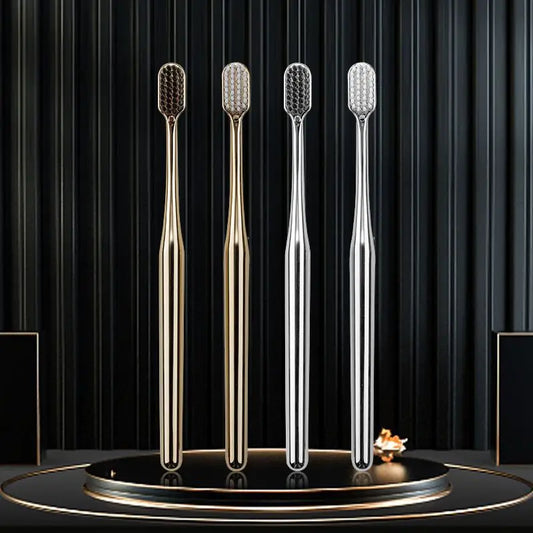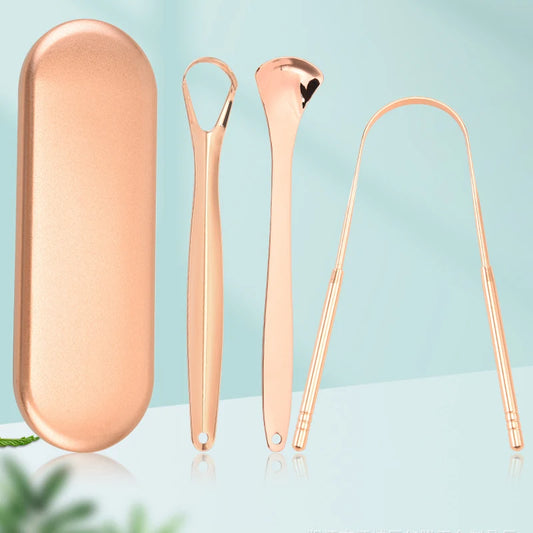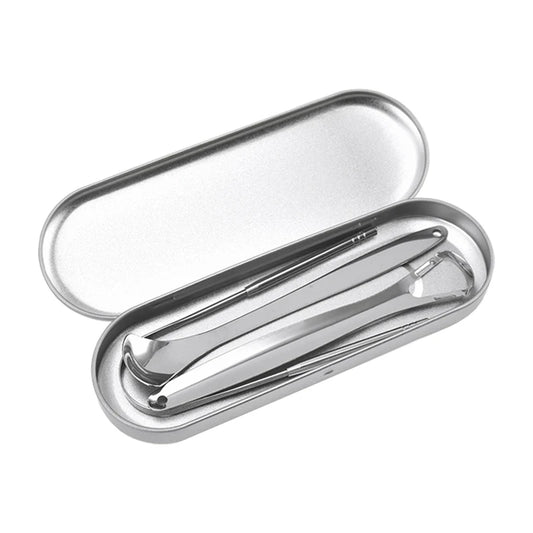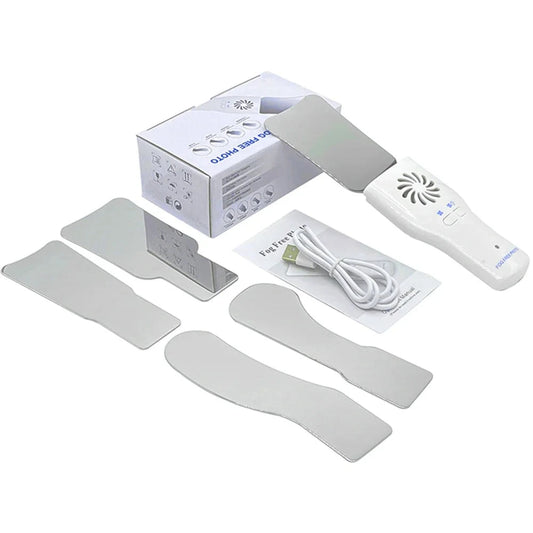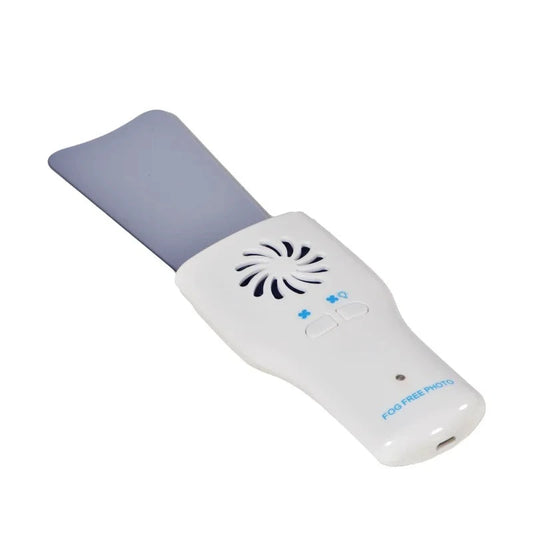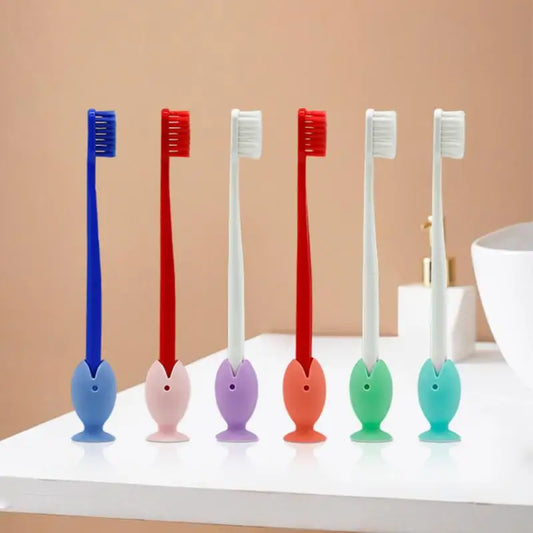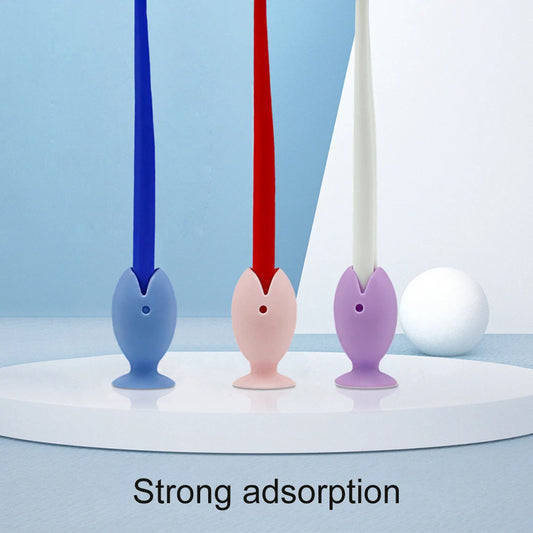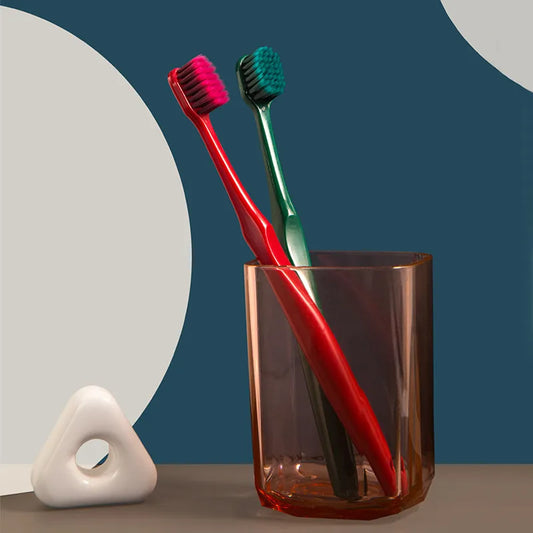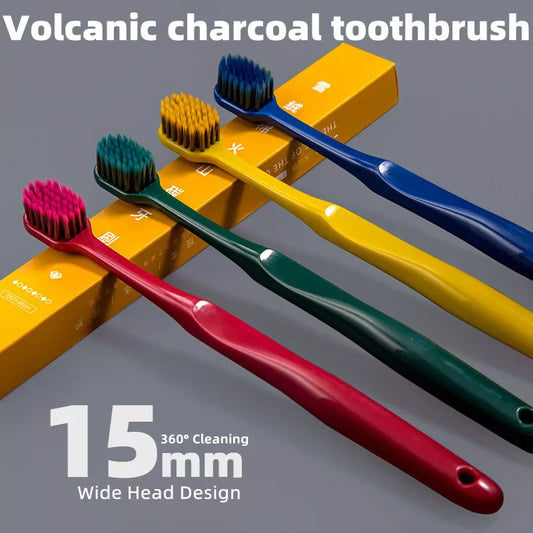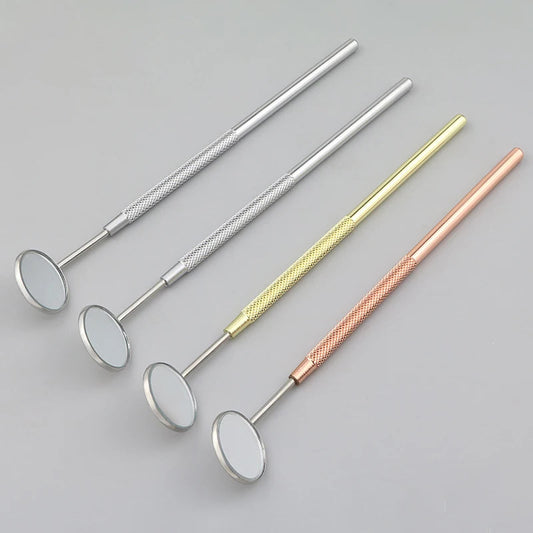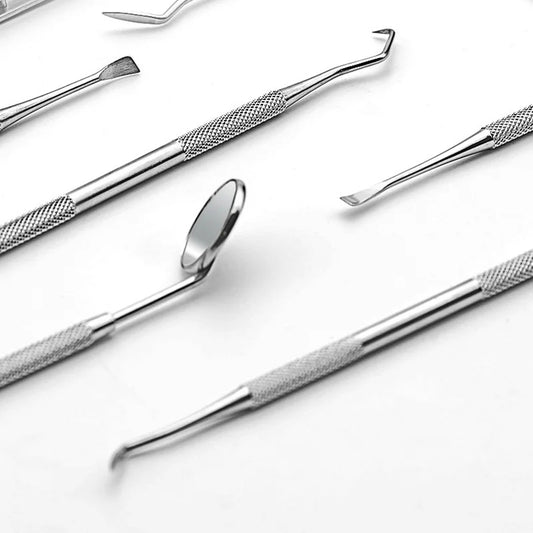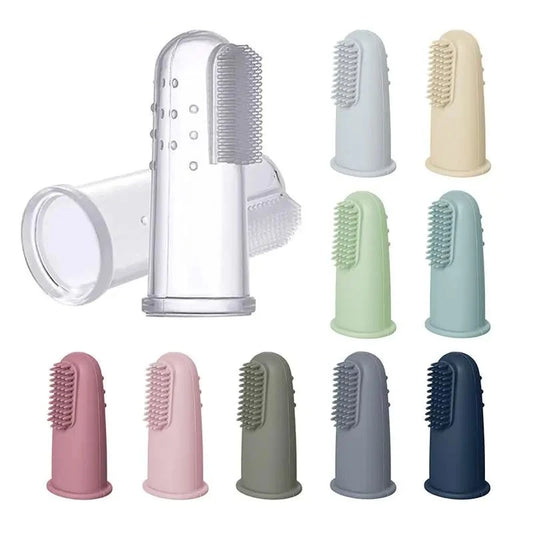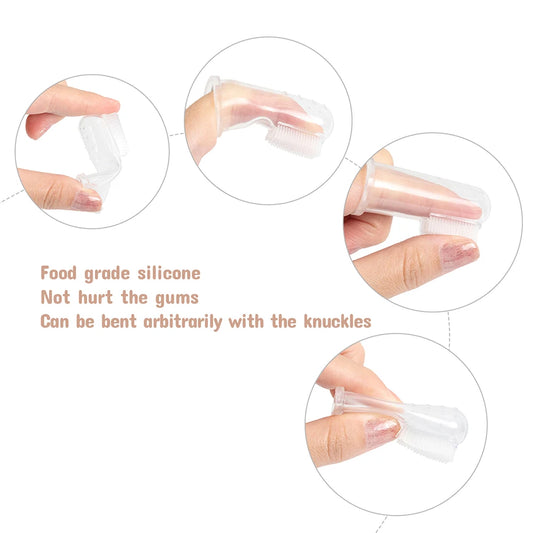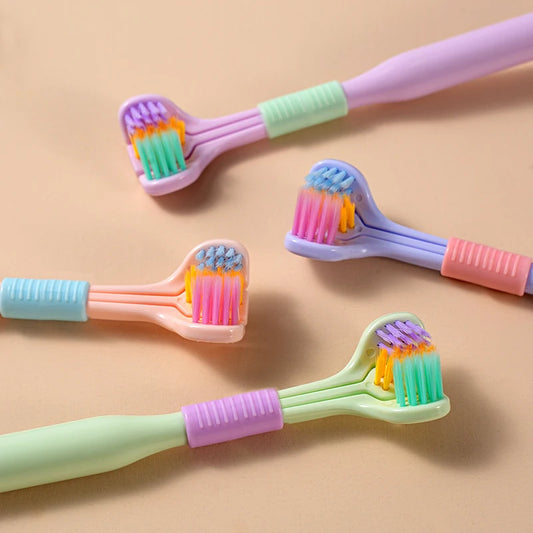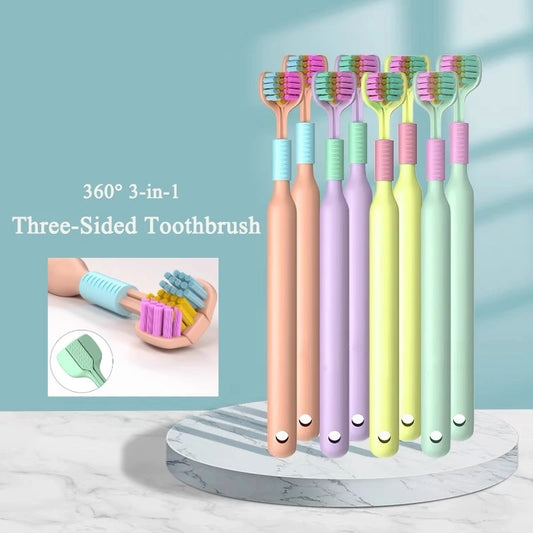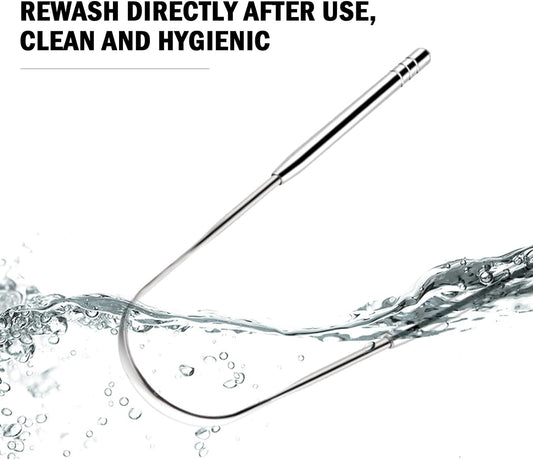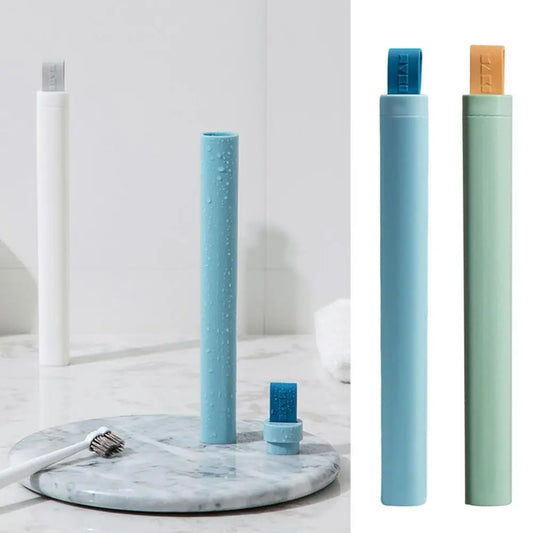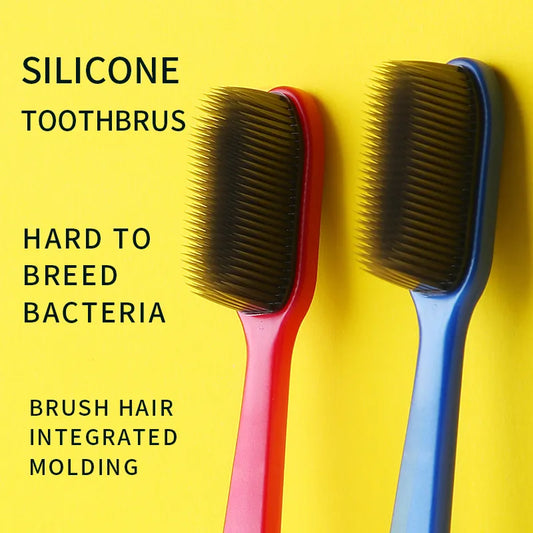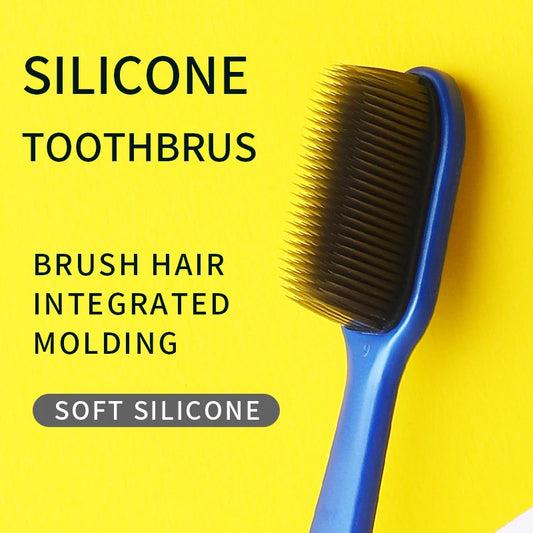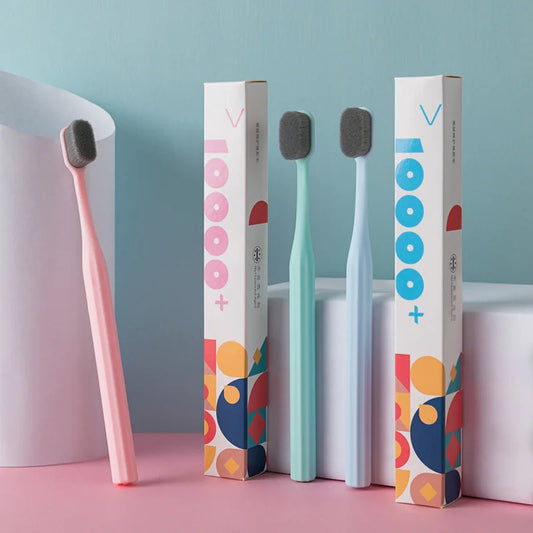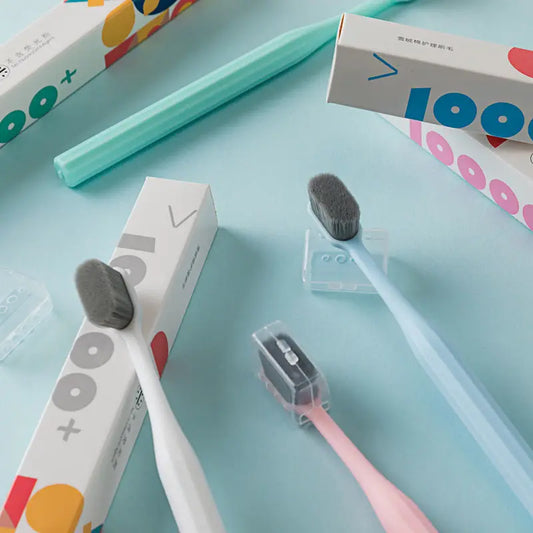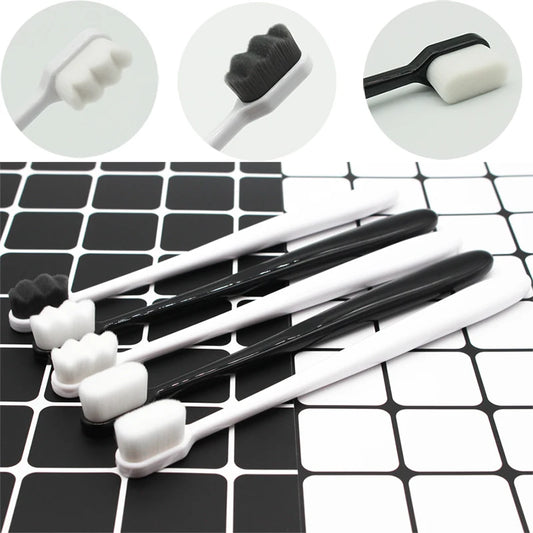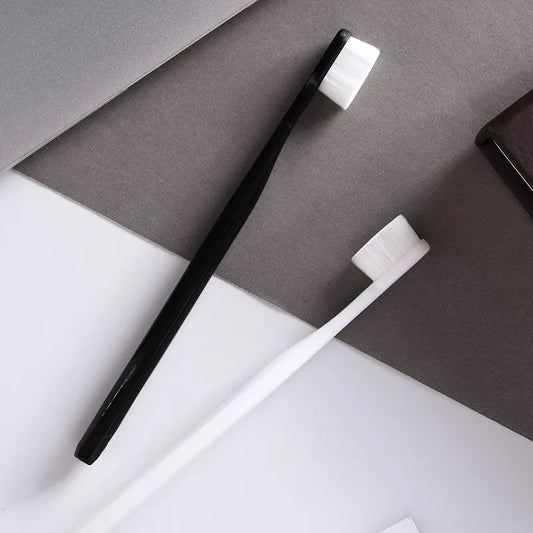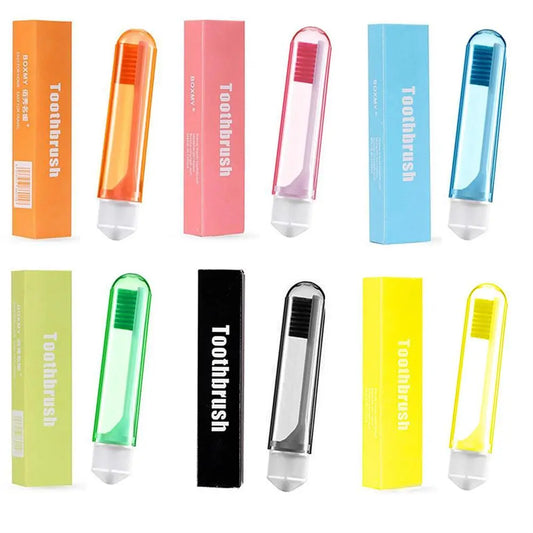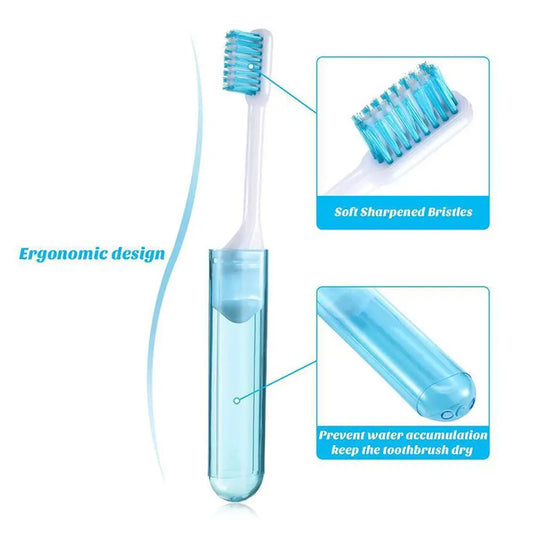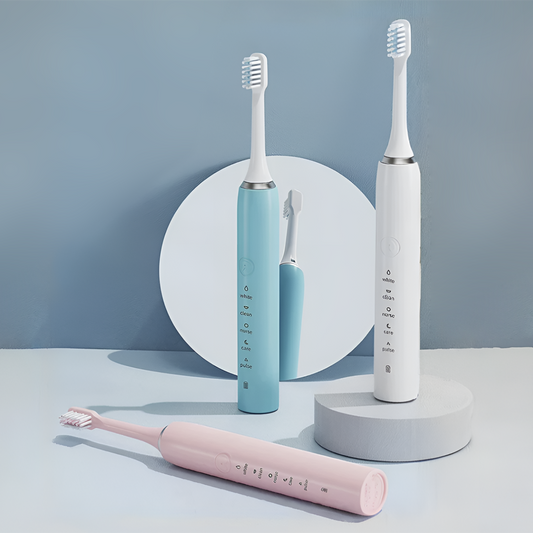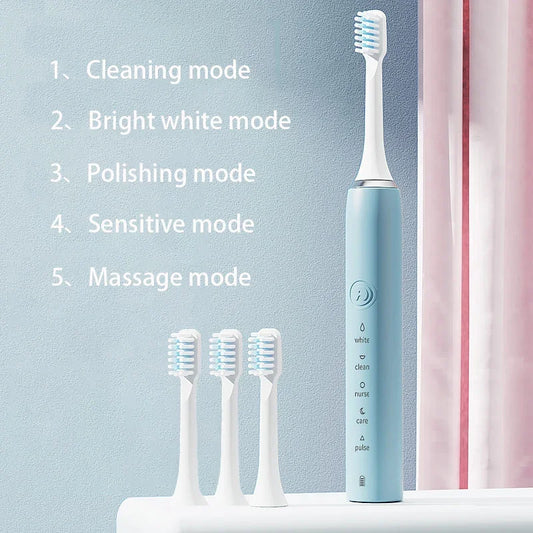Maintaining proper oral hygiene goes beyond brushing—flossing is essential to remove plaque and food particles between teeth that brushing alone can’t reach. But with traditional floss and water flossers both available, many people wonder: which is better? In this guide, we’ll compare water flosser vs floss to help you choose the best flossing method for your teeth and gums.
Why Flossing Matters
Flossing removes plaque, reduces the risk of cavities, and prevents gum disease. About 40% of adults skip flossing regularly, which can lead to tartar buildup, bad breath, and inflammation. Choosing the right flossing tool can make this essential habit easier and more effective.
Traditional Floss
Traditional floss is a thin thread used to manually clean between teeth and along the gumline.
- Pros: Inexpensive, widely available, effective at removing plaque when used correctly.
- Cons: Requires manual dexterity, can be uncomfortable for some, time-consuming.
- Best For: People with tight spaces between teeth and those who prefer a low-cost option.
Water Flossers
Water flossers, also called oral irrigators, use a pressurized stream of water to remove debris and plaque between teeth and below the gumline.
- Pros: Gentle on gums, easier for people with braces or dental work, reduces bleeding and inflammation.
- Cons: More expensive, requires counter space and access to water, may not remove all plaque as effectively as traditional floss for tight spaces.
- Best For: People with sensitive gums, braces, implants, or difficulty using string floss.
Water Flosser vs Floss: Which Is More Effective?
Research shows both traditional floss and water flossers can significantly improve gum health and reduce plaque. The choice depends on your personal needs and comfort:
- If you have tight teeth and are skilled with floss, traditional floss may offer better plaque removal.
- If you have braces, implants, or sensitive gums, a water flosser is often easier to use and gentler on your mouth.
- Some people combine both methods for maximum oral hygiene benefits.
Tips for Effective Flossing
- Floss at least once daily to remove plaque and food particles.
- Use gentle motions to avoid damaging gums or enamel.
- Clean all sides of each tooth, including the back molars.
- Rinse with water or mouthwash after flossing for extra protection.
- Consult your dentist to determine the best tool for your specific oral needs.
Conclusion
Both traditional floss and water flossers are effective tools for maintaining healthy gums and teeth. Choosing the best flossing method comes down to your comfort, lifestyle, and oral health needs. Whether you prefer string floss, a water flosser, or a combination of both, consistent use is the key to optimal oral hygiene and a bright, healthy smile.


